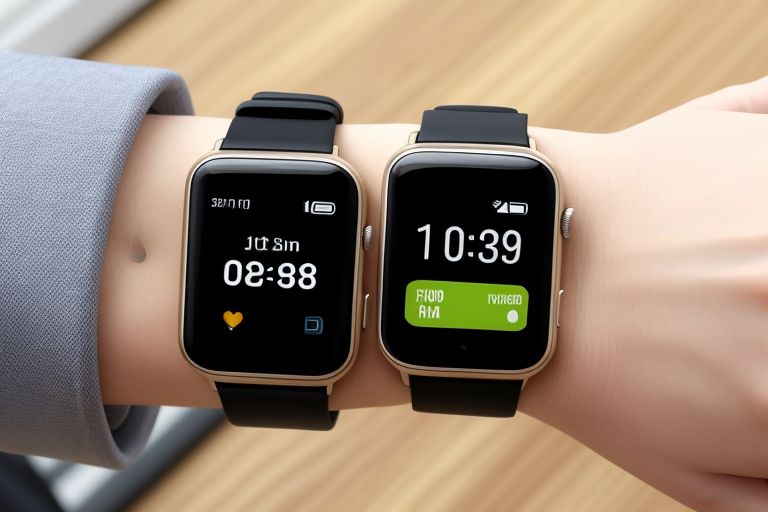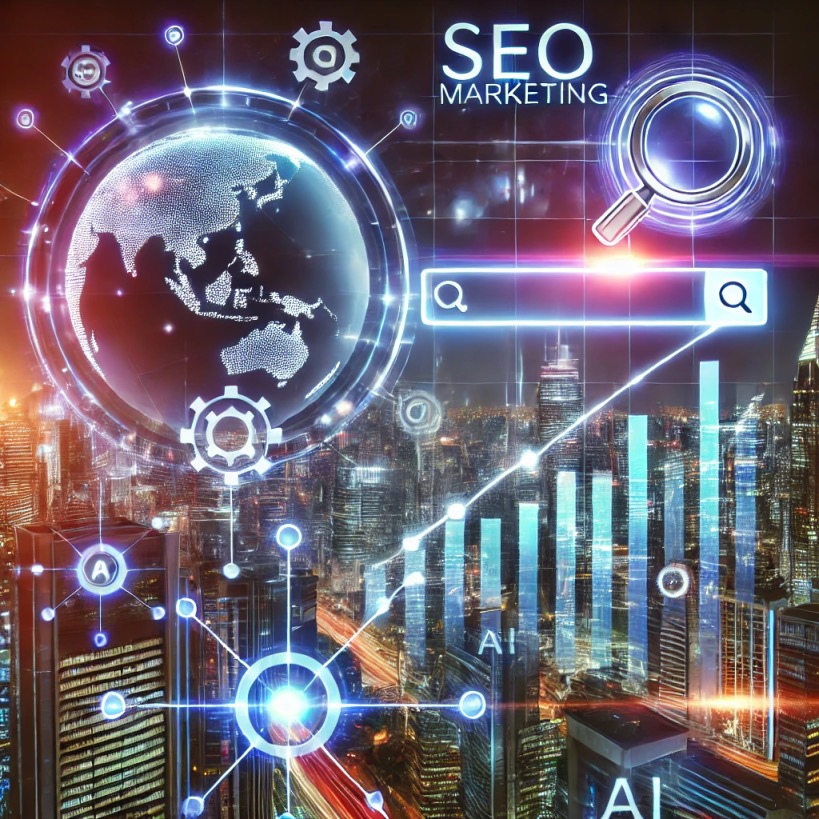Wearable technology has evolved from niche gadgets to mainstream essentials, reshaping how we monitor health, stay connected, and interact with the world. From early pedometers to today’s AI-powered smartwatches, these devices blend fashion, functionality, and cutting-edge innovation. Here’s an in-depth look at the rise of wearables and their transformative impact:

. Evolution of Wearables: A Timeline
- 1980s–1990s: Basic digital watches and rudimentary fitness trackers like the Casio Calculator Watch and Pulsar Pedometer.
- 2000s: Fitbit (2009) popularized step-counting, while Nike+ FuelBand (2012) gamified fitness.
- 2010s: Apple Watch (2015) redefined smartwatches with app integration and health tracking. Garmin and Samsung expanded into multisport wearables.
- 2020s: Advanced sensors (ECG, SpO2), medical-grade health monitoring, and hybrid devices like Oura Ring and Whoop Strap.

2. Key Technologies Driving Innovation
- Biometric Sensors:
- Heart rate monitors, blood oxygen (SpO2), sleep trackers, and continuous glucose monitors (e.g., Dexcom G7).
- Apple Watch Series 8 detects car crashes and atrial fibrillation (AFib).
- AI and Machine Learning:
- Algorithms analyze data to predict health trends (e.g., Fitbit’s Stress Score, WHOOP Recovery Metrics).
- Connectivity:
- 5G, Bluetooth LE, and NFC enable contactless payments (Apple Pay, Garmin Pay) and IoT integration.
- Battery Advancements:
- Solar charging (Garmin Instinct 2) and low-energy displays extend device lifespans.
3. Applications Beyond Fitness
- Healthcare:
- Remote Patient Monitoring: Wearables track chronic conditions (diabetes, hypertension) and alert doctors to anomalies.
- Mental Health: Devices like Fitbit Sense measure stress via skin temperature and EDA sensors.
- Workplace Safety:
- Smart Helmets (DAQRI) monitor industrial workers’ vitals, while Amazon’s Wristband tracks warehouse employee movements.
- Fashion-Tech Fusion:
- Luxury brands like Tag Heuer and Fossil blend style with tech, while Google’s Jacquard embeds touch controls in fabrics.
4. Market Growth and Adoption
- Global Market: Projected to reach $186 billion by 2030 (CAGR of 14.6%), driven by health-conscious consumers and aging populations.
- Demographics:
- 55% of U.S. adults own a wearable, with Gen Z and millennials leading adoption.
- Medical-grade devices (e.g., BioIntelliSense BioSticker) target seniors and post-op patients.
- Enterprise Use: Companies deploy wearables to reduce workplace injuries and boost productivity (e.g., Delta Airlines’ pilots using Garmin smartwatches).
5. Challenges and Criticisms
- Privacy Concerns: Health data breaches (e.g., Strava’s 2018 heatmap exposing military bases) highlight security risks.
- Accuracy Gaps: FDA warns against relying solely on wearables for medical diagnoses.
- Sustainability: E-waste from discarded devices; brands like Garmin now offer recycling programs.
- Digital Divide: High costs limit access in low-income regions.
6. Future Trends to Watch
- Medical Certification: More FDA-cleared devices (e.g., AliveCor’s KardiaMobile ECG) for at-home diagnostics.
- Augmented Reality (AR) Glasses: Apple Vision Pro and Meta’s Ray-Ban Stories hint at wearables merging digital and physical worlds.
- Implantables: Subdermal chips (e.g., Biohax International) for access control and health tracking.
- Smart Clothing: Hexoskin’s ECG shirts and Ralph Lauren’s PoloTech line monitor biometrics invisibly.
Case Studies
- Apple Watch Saves Lives: Multiple reports of users alerted to undiagnosed heart conditions.
- WHOOP in Pro Sports: NFL and NBA athletes optimize training and recovery using strain/recovery metrics.
- India’s BoAt Storm: Affordable smartwatches driving adoption in emerging markets.
Conclusion
Wearable technology has transcended its fitness roots to become a cornerstone of modern healthcare, workplace safety, and personal connectivity. As AI, sensor tech, and battery efficiency advance, wearables will evolve into proactive health guardians and seamless lifestyle extensions. However, addressing privacy, equity, and sustainability will be critical to ensuring these devices empower—rather than exclude—users worldwide. The future of wearables isn’t just on our wrists; it’s woven into the fabric of how we live, work, and thrive. ⌚🌍



